Saber-Toothed Tigers Ruled Ice Age America
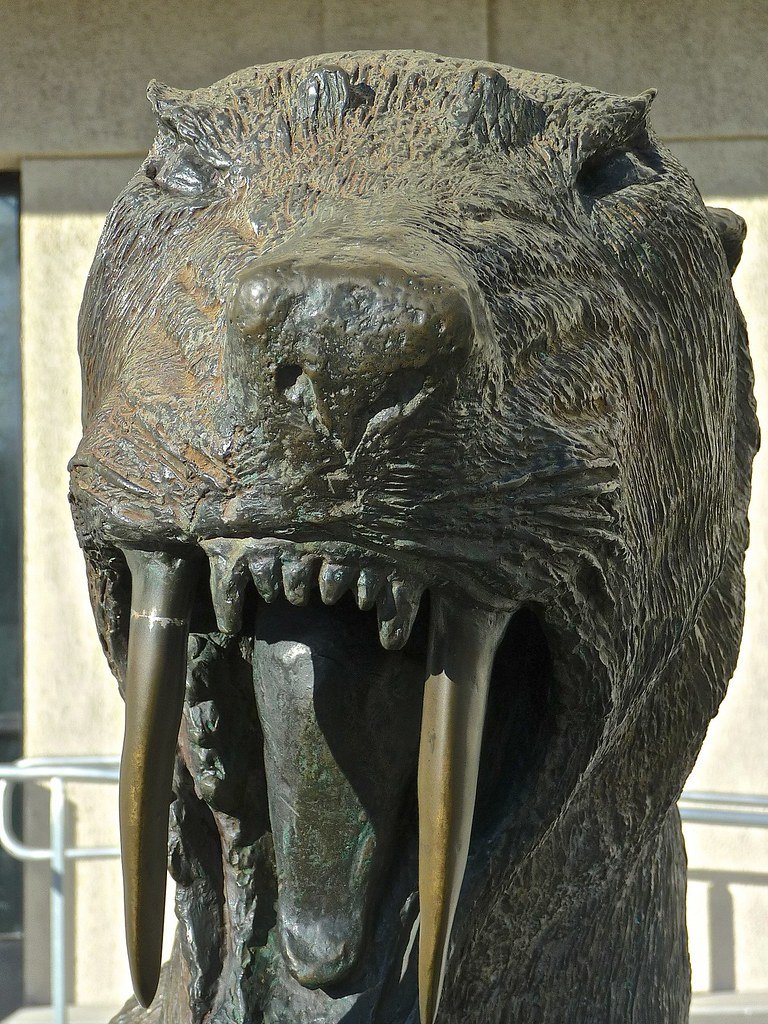
Picture a cat the size of a modern lion, but with canine teeth as long as kitchen knives. That’s Smilodon, the infamous saber-toothed tiger that terrorized North and South America during the Ice Age. These muscular predators didn’t actually stalk prey like modern cats – they were ambush specialists.
Their oversized canines weren’t just for show. Scientists believe these cats used their massive teeth to deliver precise, crushing bites to the throats of giant ground sloths and early horses. The sheer power needed to wield those teeth meant Smilodon had neck muscles that would make a bodybuilder jealous.
Cave Lions Made Modern Lions Look Like House Cats
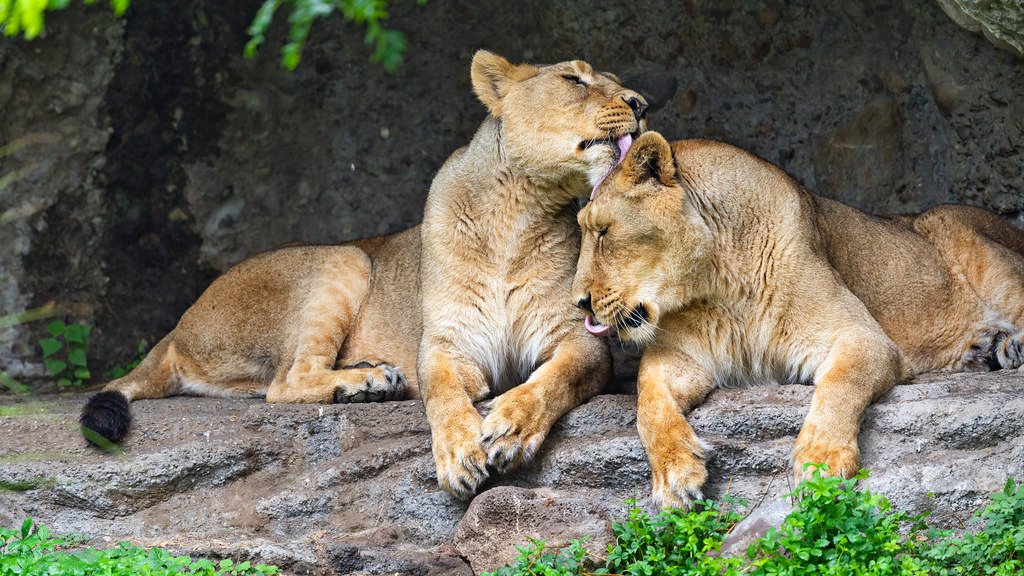
Panthera spelaea, the cave lion, was roughly 25% larger than today’s African lions and roamed across Europe and Asia. These prehistoric beasts had no manes, making them look eerily different from their modern cousins. Their hunting grounds stretched from Britain to Alaska during the last Ice Age.
What made cave lions truly terrifying wasn’t just their size – it was their intelligence. Cave paintings from 30,000 years ago show these cats hunting in coordinated packs, suggesting they had complex social structures. Early humans knew to fear them, creating some of the earliest known art depicting these magnificent predators.
American Cheetahs Were Built for Speed on Ancient Plains
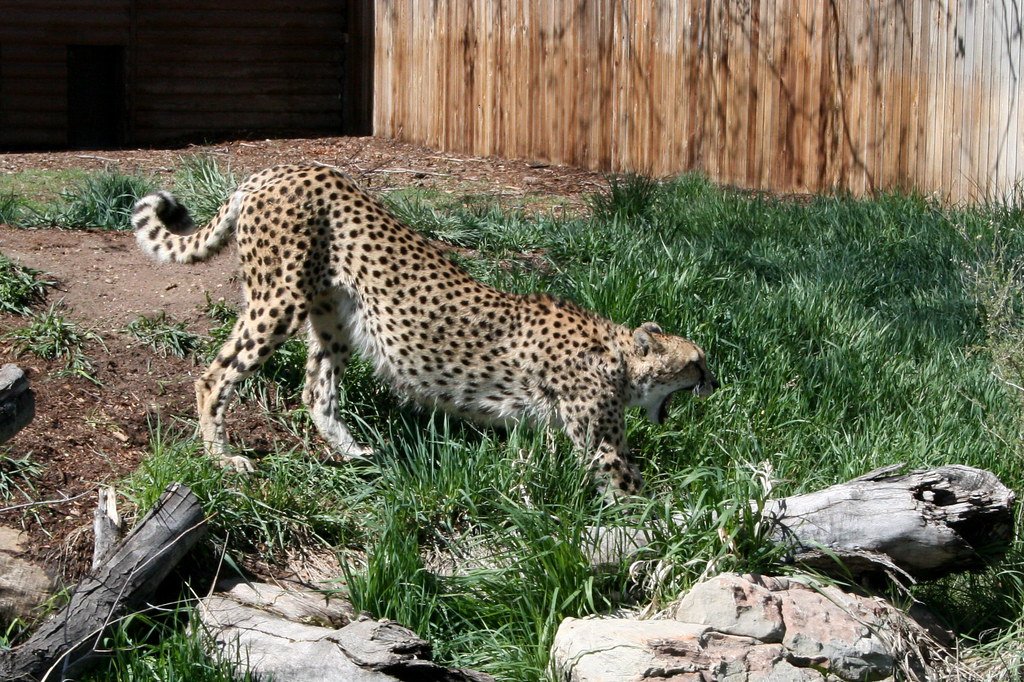
Long before African cheetahs claimed the title of world’s fastest land animal, North America had its own speed demon: Miracinonyx. These cats could reach speeds of up to 70 mph across the vast grasslands that covered much of the continent. Their long legs and lightweight build made them perfect pursuit predators.
Unlike modern cheetahs, American cheetahs had partially retractable claws – a unique adaptation that gave them better grip during high-speed chases. They primarily hunted pronghorn antelope, which explains why pronghorns today can still run 60 mph despite having no natural predators that fast.
Giant Jaguars Dominated South American Rainforests
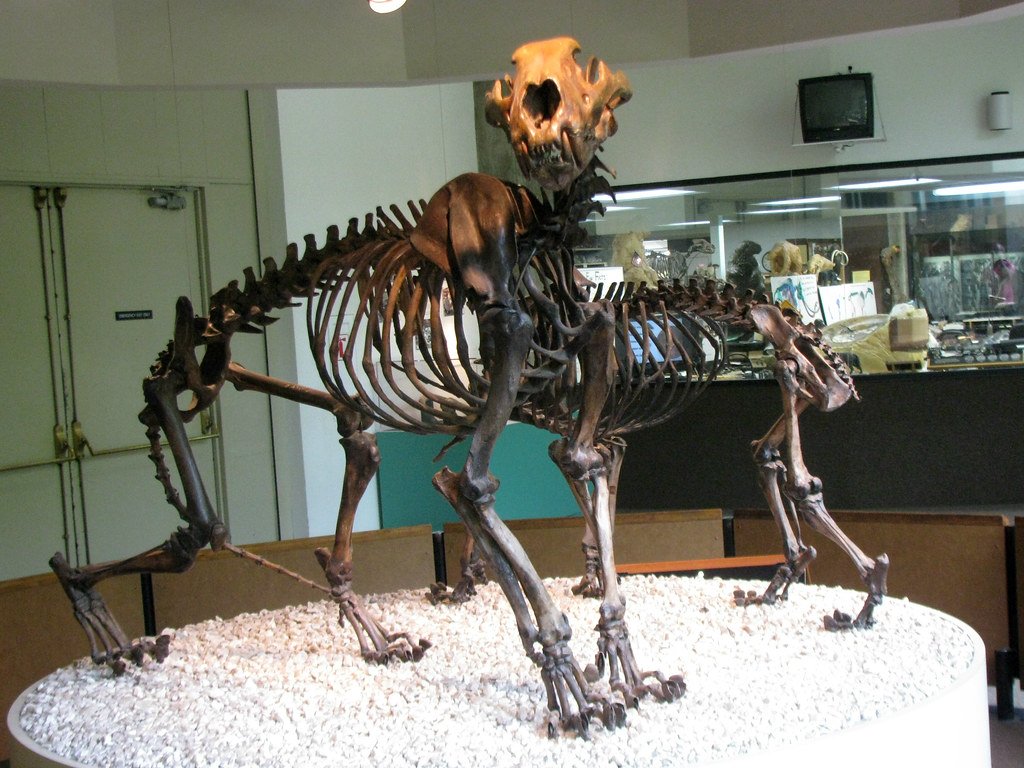
Panthera onca augusta, the giant jaguar, was a monster that prowled South American jungles during the Pleistocene epoch. These cats were nearly twice the size of modern jaguars and possessed the strongest bite force of any cat that ever lived. Their massive skulls housed jaw muscles capable of crushing turtle shells and even small dinosaur bones.
What set giant jaguars apart was their versatility. They were equally comfortable hunting in water, on land, or in trees. Their webbed paws made them excellent swimmers, while their powerful hindquarters allowed them to leap between branches with surprising grace for such large predators.
European Jaguars Brought Tropical Terror to Temperate Climates
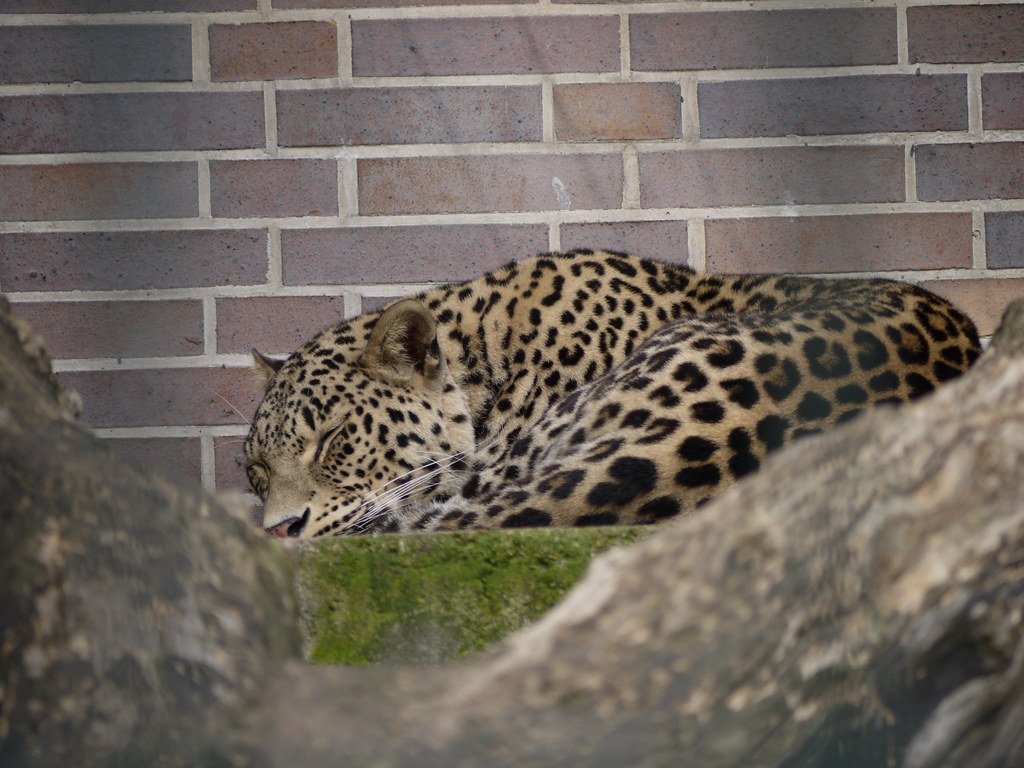
Before the last Ice Age, Europe had its own jaguar species that thrived in the continent’s warmer, more forested landscape. Panthera onca gombaszoegensis was perfectly adapted to European conditions, with a thicker coat and more robust build than their South American relatives. They hunted everything from early horses to giant deer.
Archaeological evidence suggests these jaguars were skilled fishers, much like their modern counterparts. River valleys across Europe show claw marks on ancient stones where these cats would have waited patiently for salmon runs. Their extinction coincided with the arrival of early human hunters, marking the end of Europe’s big cat era.
Scimitar Cats Perfected the Art of Precision Killing
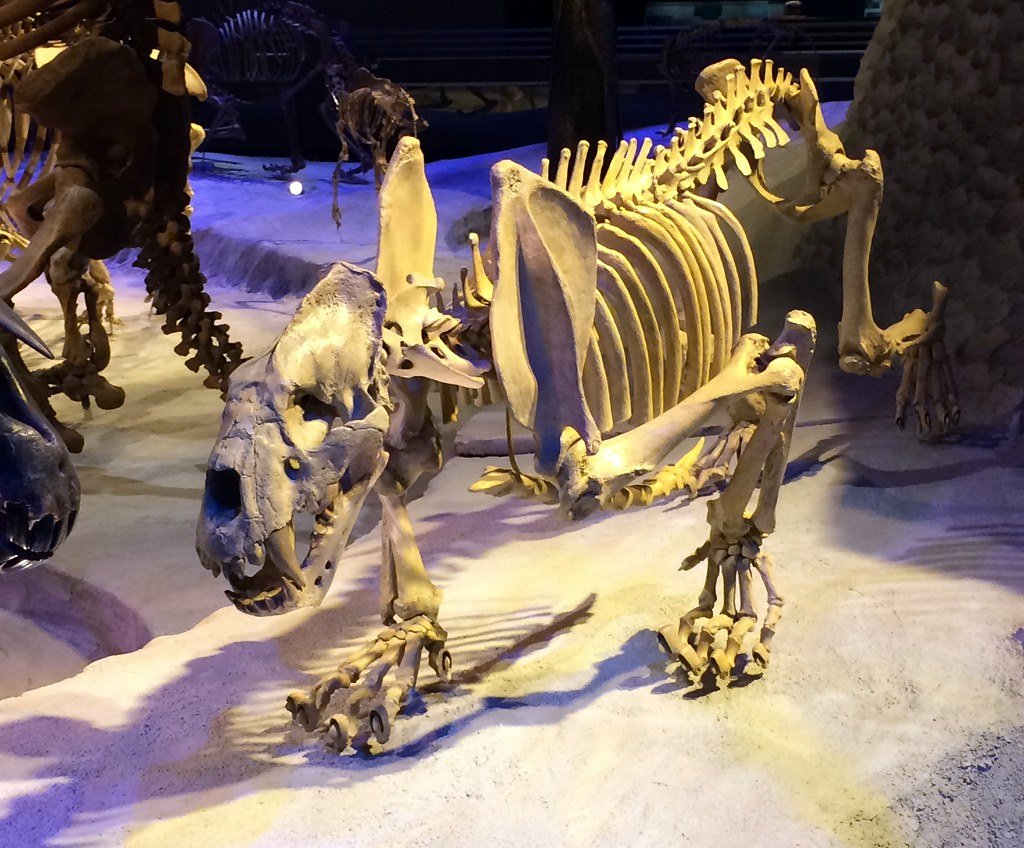
Homotherium, known as the scimitar cat, had a killing technique that would make a surgeon proud. Their serrated, curved canine teeth were designed for slicing rather than stabbing, allowing them to make precise cuts to major blood vessels. These cats were the ultimate precision predators of the ancient world.
What made scimitar cats truly remarkable was their social behavior. Recent discoveries suggest they lived in family groups and cooperatively raised their young in communal dens. Some caves in Texas have revealed fossilized remains of multiple scimitar cat families, complete with carefully arranged juvenile skeletons, suggesting these predators had complex emotional bonds.
Conclusion: When Giants Ruled the Earth

These ancient felines remind us that the cats we know today are just the latest chapter in a much grander story. Each of these prehistoric predators dominated their respective ecosystems with unique adaptations that modern cats can barely imagine. From the bone-crushing jaws of giant jaguars to the lightning-fast reflexes of American cheetahs, these animals pushed the boundaries of what it means to be a perfect predator.
The next time you watch your house cat pounce on a toy mouse, remember that the same hunting instincts once belonged to creatures that could take down animals the size of small cars. Evolution may have made cats smaller, but it certainly hasn’t made them any less fascinating.
Which of these ancient apex predators would you have been most curious to encounter from a very safe distance?
Hi, I’m Bola, a passionate writer and creative strategist with a knack for crafting compelling content that educates, inspires, and connects. Over the years, I’ve honed my skills across various writing fields, including content creation, copywriting, online course development, and video scriptwriting.
When I’m not at my desk, you’ll find me exploring new ideas, reading books, or brainstorming creative ways to solve challenges. I believe that words have the power to transform, and I’m here to help you leverage that power for success.
Thanks for stopping by, Keep coming to this website to checkout new articles form me. You’d always love it!






